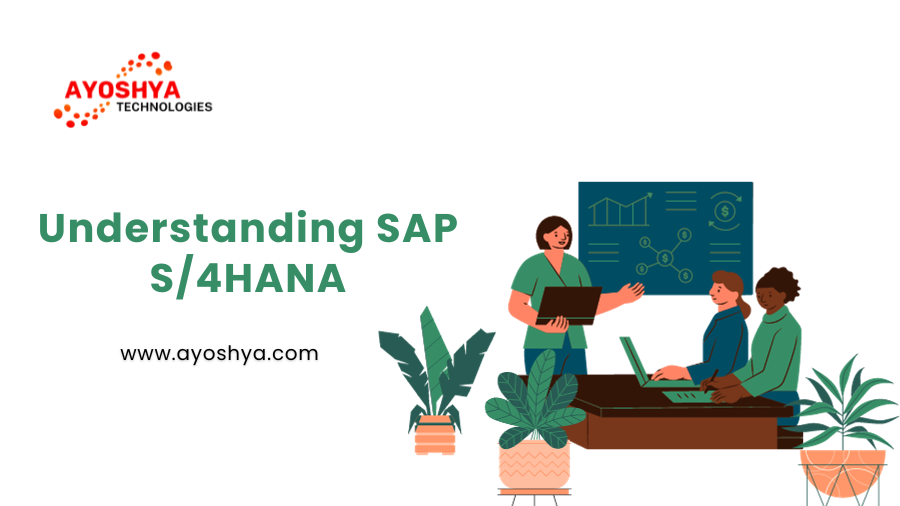Industry 4.0: Transforming the Future of Manufacturing
Introduction to Industry 4.0
In an era of rapid technological advancement, the term “Industry 4.0” has become increasingly prevalent in discussions surrounding the future of manufacturing. This article explores the concept of Industry 4.0, its technologies, impact, advantages, challenges, and real-world applications, ultimately shedding light on the transformative potential it holds for the manufacturing sector.
Understanding Industry 4.0
It often referred to as the Fourth Industrial Revolution, represents a paradigm shift in manufacturing and production. It is characterized by the integration of digital technologies into every aspect of the manufacturing process, creating a highly interconnected and automated ecosystem.
Key Technologies
1. Internet of Things (IoT)
IoT enables machines, devices, and sensors to communicate and share data in real-time, fostering data-driven decision-making.
2. Artificial Intelligence (AI)
AI empowers machines to learn, adapt, and make decisions, enhancing efficiency and predictive maintenance.
3. Big Data Analytics
Big data analytics leverages vast amounts of data to gain insights, optimize processes, and improve product quality.
4. Cyber-Physical Systems (CPS)
CPS integrates the physical and digital worlds, enabling real-time monitoring and control of manufacturing processes.
The Impact on Manufacturing
It has a profound impact on manufacturing operations:
- Increased Efficiency: Automation and real-time data analysis lead to enhanced efficiency, reducing production costs.
- Customization: Mass customization becomes feasible, allowing for personalized products at scale.
- Supply Chain Optimization: Real-time supply chain visibility and predictive analytics improve logistics.
- Quality Improvement: Continuous monitoring and analysis result in higher product quality.
Advantages
1. Cost Reduction
Efficient processes and predictive maintenance reduce operational costs.
2. Enhanced Productivity
Automation and AI-driven decision-making boost productivity.
3. Improved Quality
Real-time monitoring ensures consistent product quality.
4. Agility and Flexibility
Manufacturers can quickly adapt to changing market demands.
Challenges and Considerations
While Industry 4.0 offers numerous benefits, it also presents challenges:
- Security Concerns: Increased connectivity raises cybersecurity risks.
- Workforce Transition: Employees may need retraining for new roles.
- Data Privacy: Handling vast amounts of data requires robust privacy measures.
Real-World Applications
It is already transforming various industries:
- Smart Factories: Factories equipped with IoT sensors and AI-driven machinery.
- Healthcare: Remote patient monitoring and predictive analytics.
- Automotive: Smart vehicles with real-time diagnostics.
Preparing for Industry 4.0
To embrace Industry 4.0 successfully, companies should:
- Invest in Technology: Acquire the necessary hardware and software.
- Skill Development: Train employees in digital technologies.
- Data Strategy: Develop a data management and security strategy.
The Future of Manufacturing
It represents a seismic shift in manufacturing, and its influence will continue to grow. Companies that adapt and embrace these technologies will remain competitive in a rapidly evolving landscape.
Conclusion
It is reshaping the manufacturing industry, ushering in an era of unprecedented efficiency, customization, and connectivity. While challenges exist, the advantages and transformative potential are undeniable.
FAQs
1. What is Industry 4.0?
It is the integration of digital technologies into manufacturing processes, creating highly automated and interconnected systems.
2. How does Industry 4.0 impact manufacturing efficiency?
It increases efficiency through automation, real-time data analysis, and predictive maintenance.
3. What challenges does Industry 4.0 pose for businesses?
Challenges include cybersecurity concerns, workforce transition, and data privacy issues.
4. Are there real-world examples of Industry 4.0 applications?
Yes, applications include smart factories, healthcare monitoring, and smart vehicles.
5. How can companies prepare for Industry 4.0?
Companies can prepare by investing in technology, training employees, and developing robust data management strategies.












